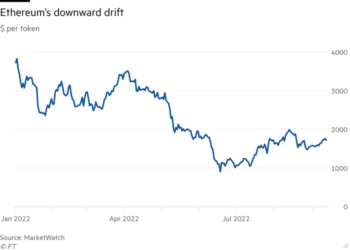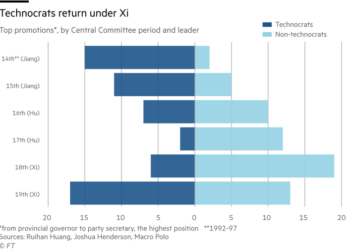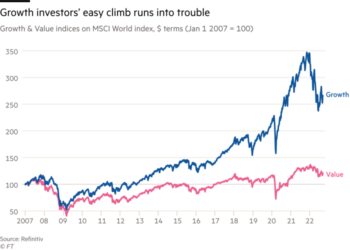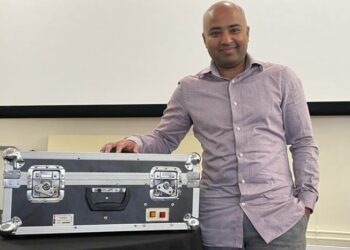Fifteen years after it was launched, the iPhone remains Apple’s most important product. Sales of $71.6bn in the past quarter were up almost a tenth on the previous year. That success will help to power the company’s vast stock buyback programme. But perhaps more of those gains would be better spent elsewhere.
Apple is still on a zero-cash quest. In the quarter to December 25, it returned almost $27bn to investors, mostly in the form of stock buybacks. Overall, it handed investors a sum equal to more than three-quarters of net income for the quarter.
Guidance for 2022 is vague but hopeful. “Solid” revenue growth can be expected in the current quarter. Given supply chain issues, the company is sensible not to be more precise. But record-breaking sales and high margins show that demand for products has not faltered as the pandemic has eased.
So on with the buybacks. Lex is not a great fan of share repurchase plans. We would prefer executives to use their expertise to find investments that will add value to the company over the long term.
Regardless, this continues to be a popular move for US companies, often reducing share count and lifting earnings per share in the process. Some have taken on more debt to fund the programmes.
Stocks that pay out dividends and buybacks certainly carry more sway with nervous investors in downturns. Amid a sell-off that has knocked some tech stocks down 50 per cent or more, Apple trades about a tenth below its all-time high. Its free cash flow generation means it can afford to both hand cash back to investors and spend on developing new ideas.
Still, the balance could be tweaked. “We never stop innovating,” said chief executive Tim Cook on Thursday. Research and development spending in the past quarter was $6bn. This was far lower than the sum spent on buybacks. If Apple is going to find a revenue driver that can one day challenge the iPhone, it might consider spending a little more.










